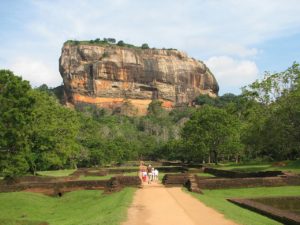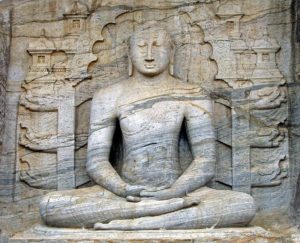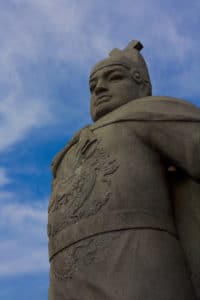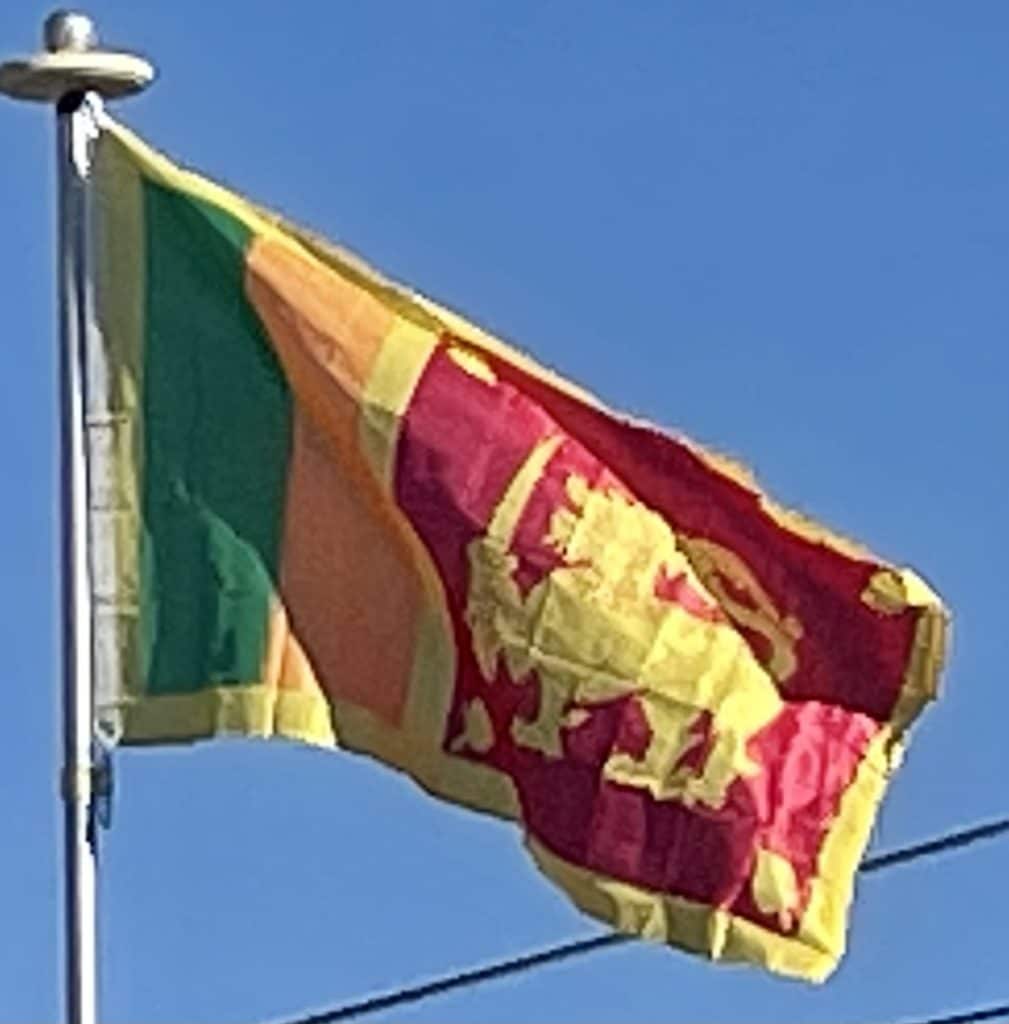
In 993 CE, the invasion of Chola emperor Rajaraja I forced the then Sinhalese ruler Mahinda V to flee to the southern part of Sri Lanka. Taking advantage of this situation, Rajendra I, son of Rajaraja I, launched a large invasion in 1017. Mahinda V was captured and taken to India, and the Cholas sacked the city of Anuradhapura causing the fall of Anuradhapura Kingdom. Subsequently, they moved the capital to Polonnaruwa.
Post-classical Sri Lanka:
Following a seventeen-year-long campaign, Vijayabahu I successfully drove the Chola out of Sri Lanka in 1070, reuniting the country for the first time in over a century. Upon his request, ordained monks were sent from Burma to Sri Lanka to re-establish Buddhism, which had almost disappeared from the country during the Chola reign. During the medieval period, Sri Lanka was divided into three sub-territories, namely Ruhunu, Pihiti and Maya.
Sri Lanka’s irrigation system was extensively expanded during the reign of Parākramabāhu the Great (1153–1186). This period is considered as a time when Sri Lanka was at the height of its power. He built 1,470 reservoirs – the highest number by any ruler in Sri Lanka’s history – repaired 165 dams, 3,910 canals, 163 major reservoirs, and 2,376 mini-reservoirs. His most famous construction is the Parakrama Samudra, the largest irrigation project of medieval Sri Lanka. Parākramabāhu’s reign is memorable for two major campaigns – in the south of India as part of a Pandyan war of succession, and a punitive strike against the kings of Ramanna (Burma) for various perceived insults to Sri Lanka.

After his demise, Sri Lanka gradually decayed in power. In 1215, Kalinga Magha, an invader with uncertain origins, identified as the founder of the Jaffna kingdom, invaded and captured the Kingdom of Polonnaruwa. He sailed from Kalinga 690 nautical miles on 100 large ships with a 24,000 strong army. Unlike previous invaders, he looted, ransacked, and destroyed everything in the ancient Anuradhapura and Polonnaruwa Kingdoms beyond recovery. His priorities in ruling were to extract as much as possible from the land and overturn as many of the traditions of Rajarata as possible. His reign saw the massive migration of native Sinhalese people to the south and west of Sri Lanka, and into the mountainous interior, in a bid to escape his power.
Sri Lanka never really recovered from the impact of Kalinga Magha’s invasion. King Vijayabâhu III, who led the resistance, brought the kingdom to Dambadeniya. The north, in the meanwhile, eventually evolved into the Jaffna kingdom. The Jaffna kingdom never came under the rule of any kingdom of the south except on one occasion; in 1450, following the conquest led by king Parâkramabâhu VI‘s adopted son, Prince Sapumal. He ruled the North from 1450 to 1467 CE.
The next three centuries starting from 1215 were marked by kaleidoscopically shifting collections of capitals in south and central Sri Lanka, including Dambadeniya, Yapahuwa, Gampola, Raigama, Kotte, Sitawaka, and finally, Kandy.

Chinese admiral Zheng He and his naval expeditionary force landed at Galle, Sri Lanka in 1409 and got into battle with the local king Vira Alakesvara of Gampola. Zheng He captured King Vira Alakesvara and later released him. Zheng He erected the Galle Trilingual Inscription, a stone tablet at Galle written in three languages (Chinese, Tamil, and Persian), to commemorate his visit. The stele was discovered by S. H. Thomlin at Galle in 1911 and is now preserved in the Colombo National Museum.
